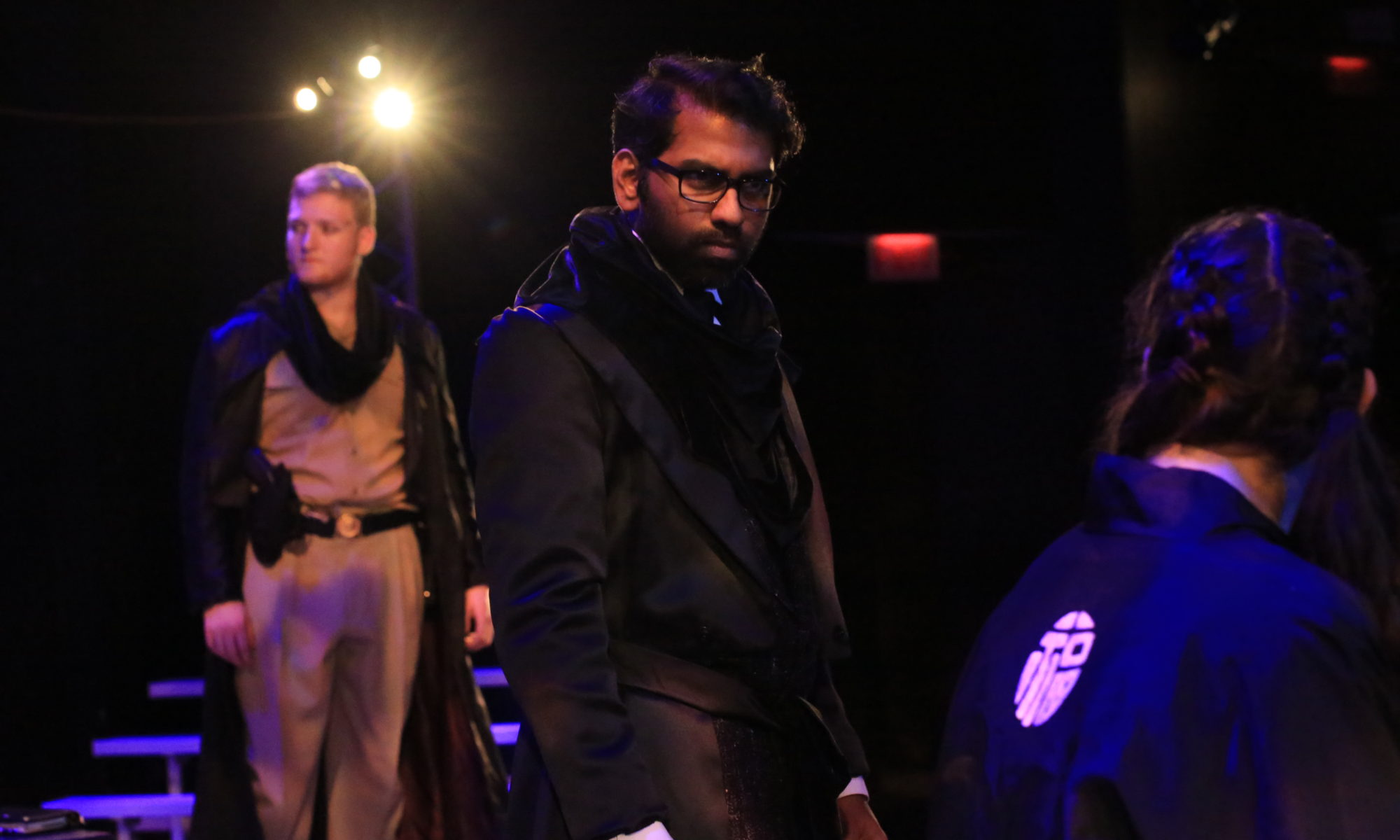When a class is named after your graduation major, and one of the most popular disciplines in the present world, you know it’s going to be pivotal in your learning path. BA with R proved to be just that. The brilliant Dr. Sourav Chatterjee made it clear right at the beginning that R programming is going to be used just as a tool (which it is) to understand and master the nuances of business analytics. Having said that, his course material left no stone unturned in taking us through all aspects of R programming needed for data science.
I had worked a bit with Java and PHP, but this was my first experience with the R programming language. I started with an introductory course on Datacamp to quickly learn the very basics of R like vectors, matrices and data frames. Then, in class, Dr. Chatterjee proved to be a dedicated and patient professor as he started with basic manipulations and sample generation in R and then quickly moving to the foundations of data analytics. We got familiar with libraries like tidyverse, forecast, gplots and toyed with data visualization using ggplot on some interesting data sets. We created several plots, graphs, charts, and heatmaps, before scaling up to larger data sets.
This was followed by some of the most important things a business analyst/data scientist learns in his career. So far, everything looked pretty straight forward to me but now was the time to push boundaries and actually dive deep into analytics. I was introduced to dimension reduction, correlation matrix and the all-important analytics task of principal component analysis (PCA). I learnt how to evaluate performance of models, create lift and decile charts, and classification with the help of a confusion matrix – all with just a few lines of code. As Dr. Chatterjee explained time and again, it was never about the code. It was about knowing when and how to use it and what to do with the result.

We then followed the natural analytics progression with linear and multiple regression where I learned about partitioning of data and generating predictions. This was followed by a thorough understanding of the KNN model and how and when to run it. By now, I was beginning to get a hand of problem statements and the approach to take to solve them, thanks to class assignments on real-world scenarios like employee performance and spam detection. Through the examples done in class, it was easy to grasp the concepts of R-squared value, p-value and the roles they play in model evaluation. It was in this class that I understood logistic regression, discriminant analysis, association rules for the first time and I have been working on them ever since, in every data science course or project that I have taken up.
All of this knowledge and Dr. Chatterjee’s guidelines were put to use in the final project where I worked with a group led by the talented Abhishek Pandey on London cabs data. After rigorous work on large data sets downloaded/extracted from various sources, we trained a model to predict arrival times for cabs by comparing RMSE across random forests, logistic regression, and SVMs. It was a great way to put into practice everything we had learned over four months.
And with that, I had laid a robust foundation in data analytics, and was ready to build it further in the time to come. By January 2019, I was confident to dive into analytics projects and work on complex data sets to generate prediction models using the tools taught by Dr. Saurav Chatterjee.
ALSO SEE Saying “Hello, old friend” to Statistics and Analytics
This is the second post of my #10DaysToGraduate series where I share 10 key lessons from my Master’s degree in the form of a countdown to May 8, my graduation date.
